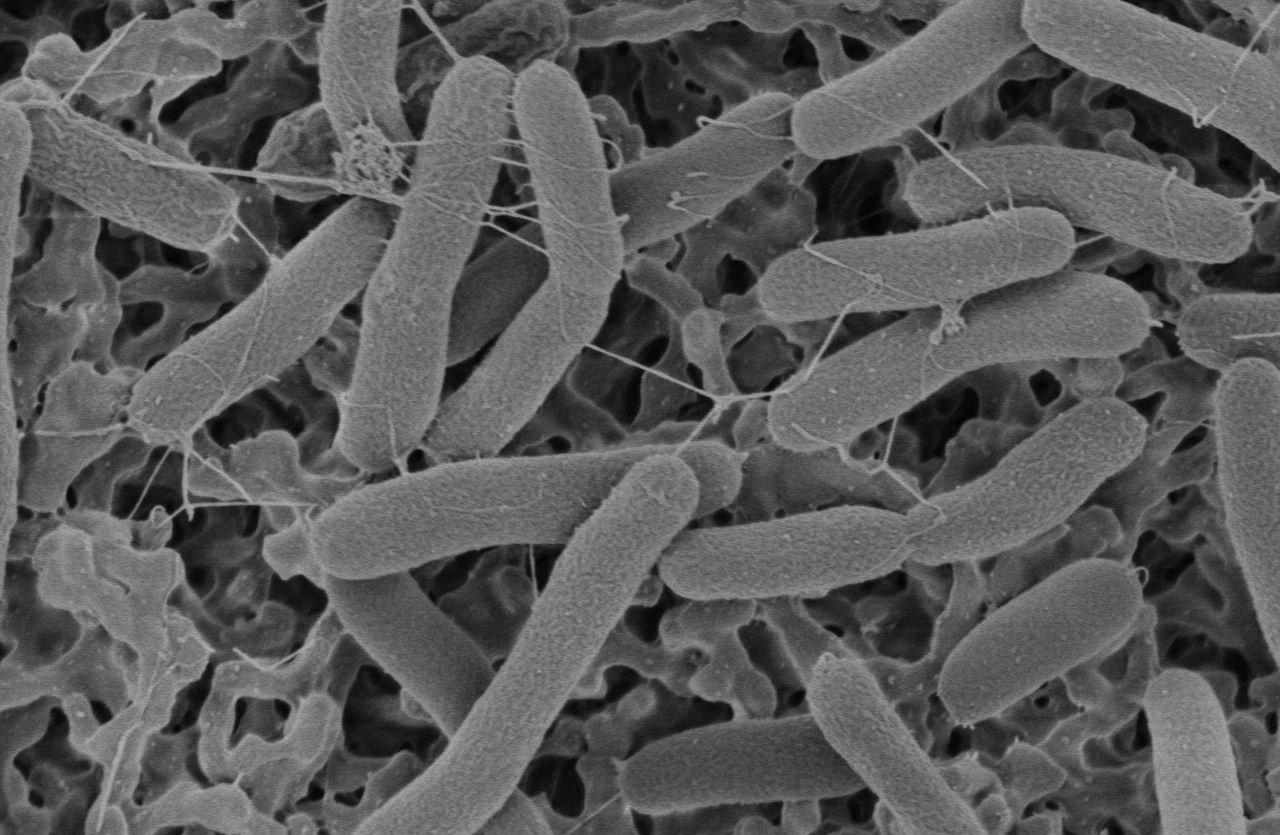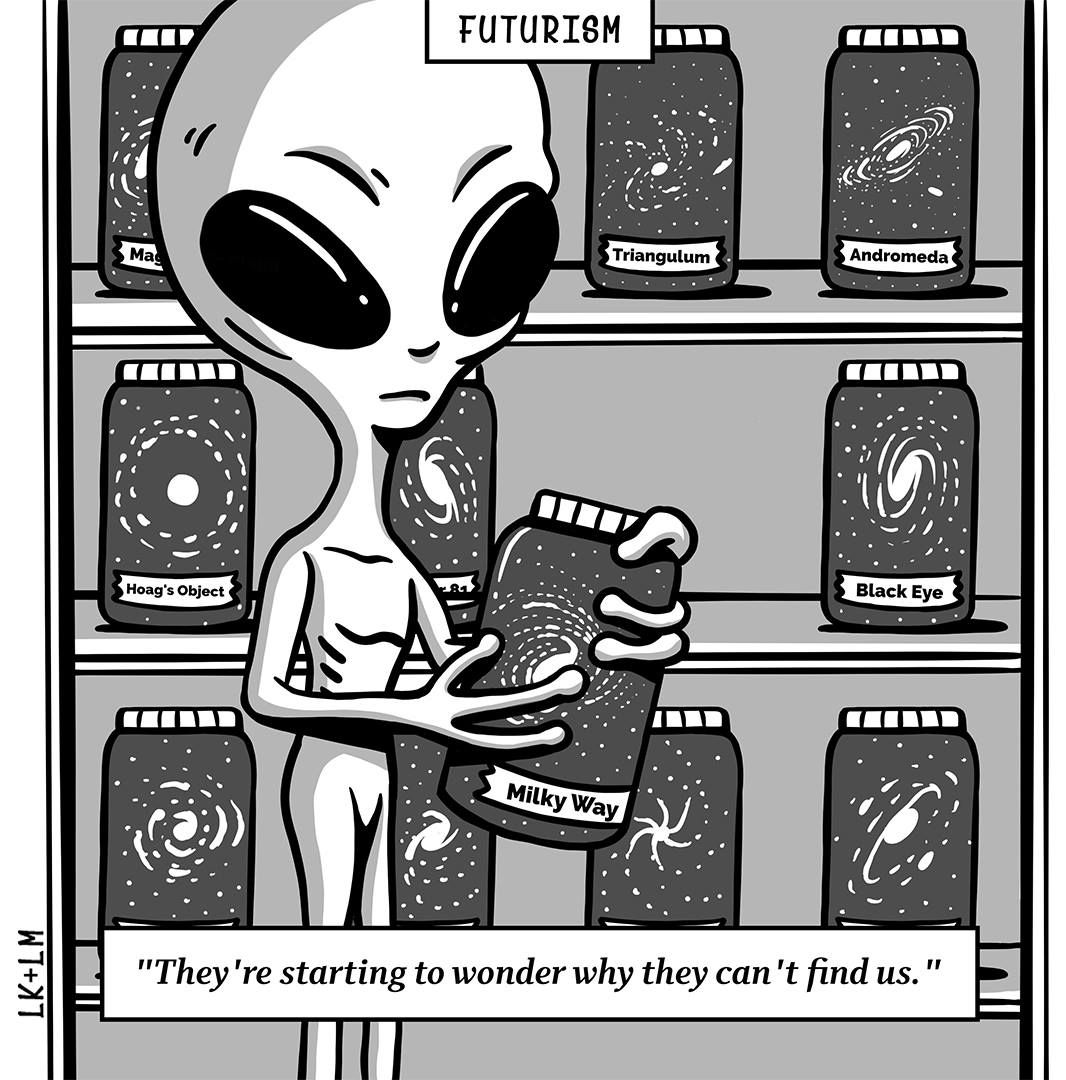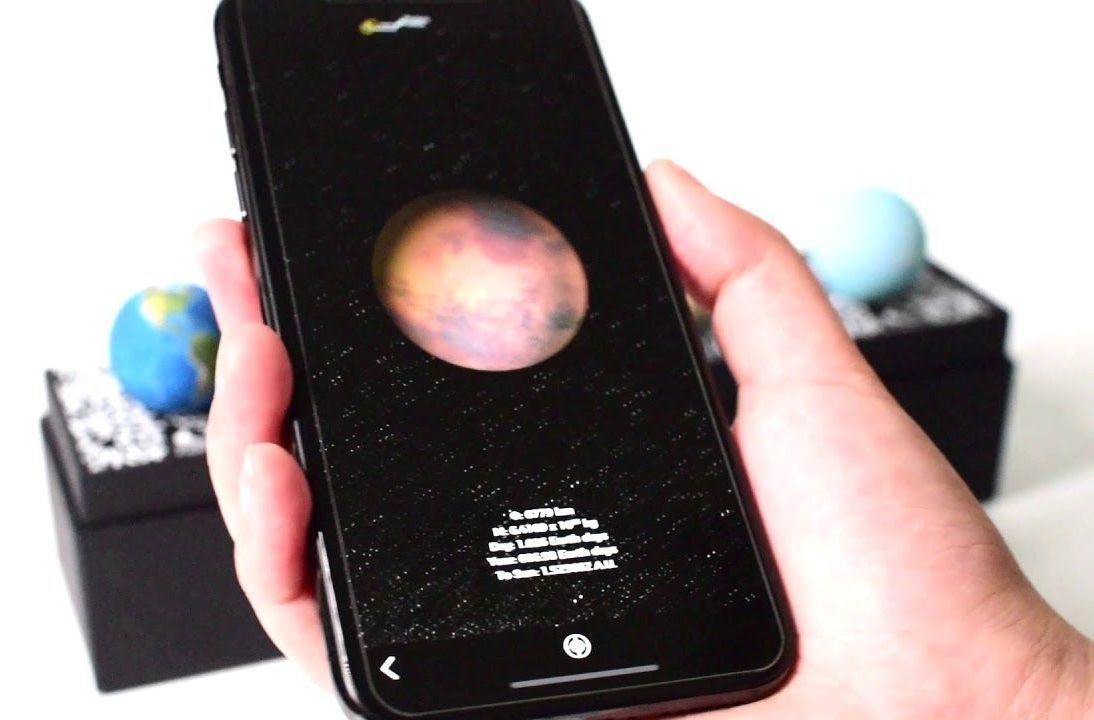
The deadlines set for “singularity” are also seen by some as an attempt to scare and coerce governments into implementing the movement’s social and technological “agenda”. However, when the names of major tech corporations of the world like Google, Nokia and Tesla are associated with the transhumanist ideology, it is difficult to dismiss the premise and prospects of this new revolutionary socio-technological movement.
For several centuries, political movements have emanated from nationalist or religious convictions, socio-political and economic theories or even environmental concerns. However, issues of science and technology have rarely driven mainstream socio-political discourse as scientists have hardly ever indulged in propounding societal constructs for the future.
However, a technology-oriented intellectual movement may soon become the focus of political debate as 21st century science stands at the brink of reshaping human identity itself.
Continue reading “Transhumanism: Politics of hybridizing humans with robots” »


















